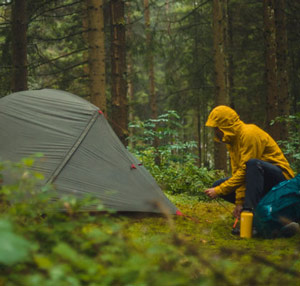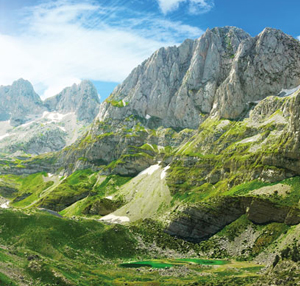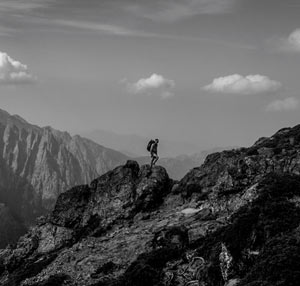How To Pack For Multi-Day Trekking
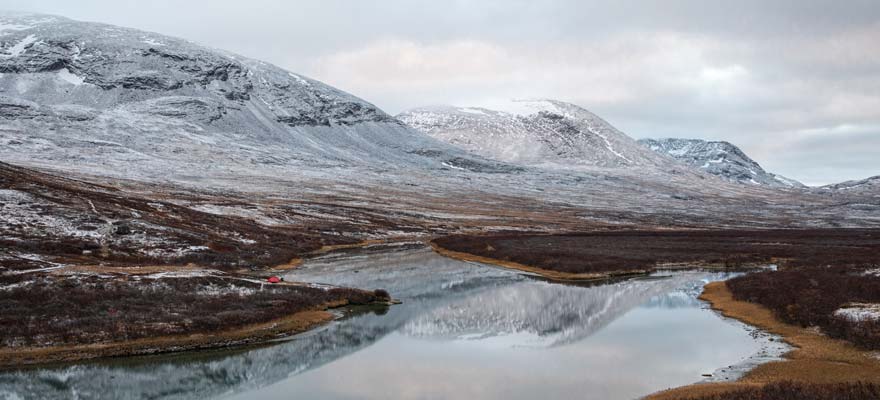
Photos & Words: Anna Blackwell
Anna Blackwell is an Ellis Brigham Ambassador and recently returned from a 7 day solo back pack across Arctic Sweden. She has completed numerous long-distance solo trekking adventures and her experience means she’s become quite an expert at getting her packing right.
As part of our focus on ultralight adventures we asked Anna how and what she packs for multi-day adventures.
As we enter Spring and the gradual easing of lockdown restrictions, now is the perfect time to start planning some adventures - local or further afield when the time comes - and one of the things you can start doing to prepare is getting your kit sorted.
One of my top recommendations is to pack as lightly as possible: the lighter your rucksack, the easier you’ll find the trekking and the more you’ll be able to enjoy your adventure and where you are.
In this blog, I’ll round up what I pack when I’m going on a multi-day trek, and include some of my top tips for how to cut down a bit of weight without losing too much comfort.
Sleeping Setup For A Multi-Day Trek
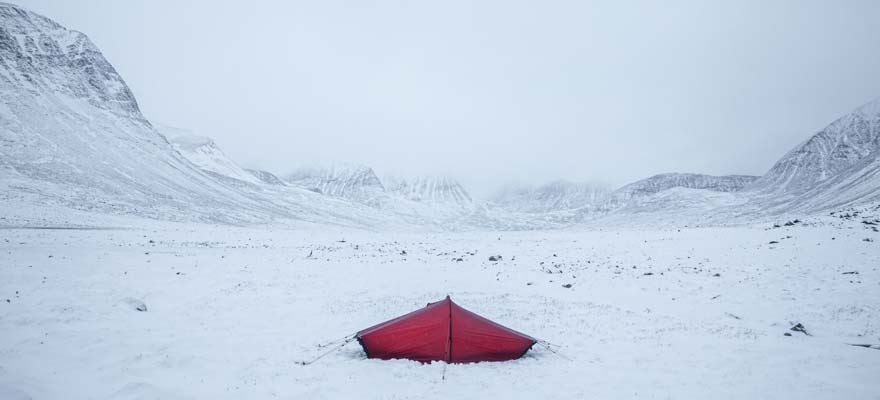
It’s tempting to take a bigger tent than you need so you have more space, but choosing a small tent is a great place to shave off some grams. And if weight-saving isn’t a big enough incentive, just remember that on the colder, clear nights, a small tent will warm up much more easily giving you a better night’s sleep!
Other sleeping essentials are a sleeping bag appropriate for the temperatures you’re expecting and a sleeping mat. Inflatable camping mats come in impressively lightweight, but it can be worth carrying a simple foam mat as well for extra protection against rough ground, and insulation against the cold.
I also always use a sleeping bag liner. It’s more hygienic as it’s easier to wash, and adds flexibility in temperature regulation - it’s an extra layer when it’s cold, but equally you can unzip your sleeping bag when it’s warmer, while still having a layer over you.
Can’t sleep without a pillow? You don’t necessarily have to forgo this comfort, but rather than packing a pillow that serves only one purpose, why not stuff some extra layers of clothing or a down jacket into an empty dry bag? To make it that bit more softer and cosier, wrap a fleece or piece of clothing around the makeshift pillow.
The final key thing to remember is a head torch - and keep it somewhere easily accessible so you can find it in the dark!
Cooking Equipment For Trekking
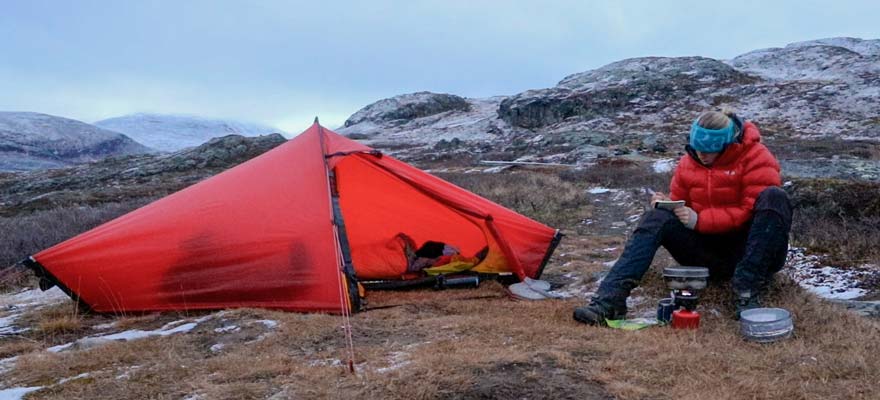
There are plenty of high-tech lightweight stove options that are highly efficient at boiling water, but less practical for cooking meals. For this reason, I prefer a stove that screws onto my gas bottle plus a lightweight, stainless steel pot which can be used on the gas stove or over a fire. Almost my whole “kitchen” - bowl, spork, stove, sponge, tea towel, matches and lighter - pack into this pot, which is incredibly space-efficient.
A few other items that comprise my cooking setup are a sealable rubbish bag, and a water reservoir. Once I’m pitched for the night, I fill the reservoir with enough water for the evening and morning.
You’ll also need to consider water filtration. In Arctic Scandinavia where I do most of my trekking, I am remote enough that I can drink water straight from streams and rivers. This definitely isn’t the case everywhere, in which case a bottle with a built-in filter is a great option.
When it comes to food, make sure you pack plenty. Trekking is hard work, particularly if you’re in a mountain environment and carrying a lot. Packing extra contingency food in case of anything going wrong is always a good idea as well.
Trekking Clothing
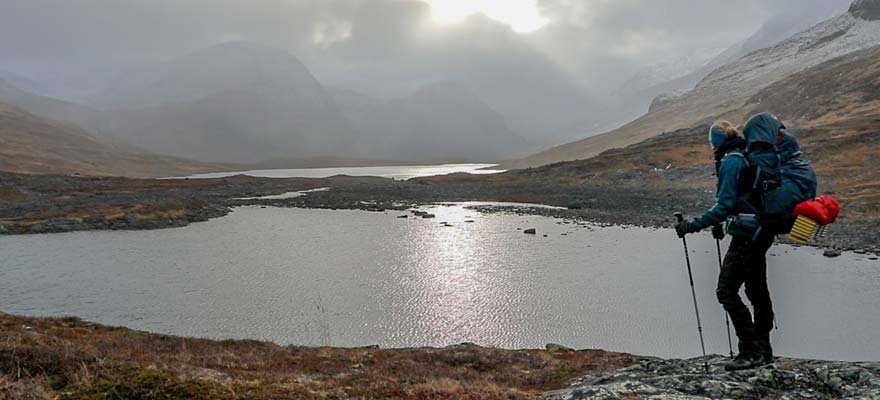
This is an area where it’s really easy to overpack, but you don’t need that many outfits! I only take one set of clothes to hike in, a set for camp (which tends to just be thermals, fluffy tent socks and a warm midlayer), and a set of waterproofs. It’s important to always have a set of clothes that are kept dry, even if that means putting on a slightly damp layer in the morning…
Underwear-wise, two pairs of walking socks is useful so you can swap them out during the day if your feet get particularly sweaty or wet, and a pair that you only wear around camp that always stay dry. Other items of underwear are up to user discretion!
I also take a spare pair of shoes for around camp or in huts. These tend to be Crocs or sandals, as they’re lightweight and practical!
Tech
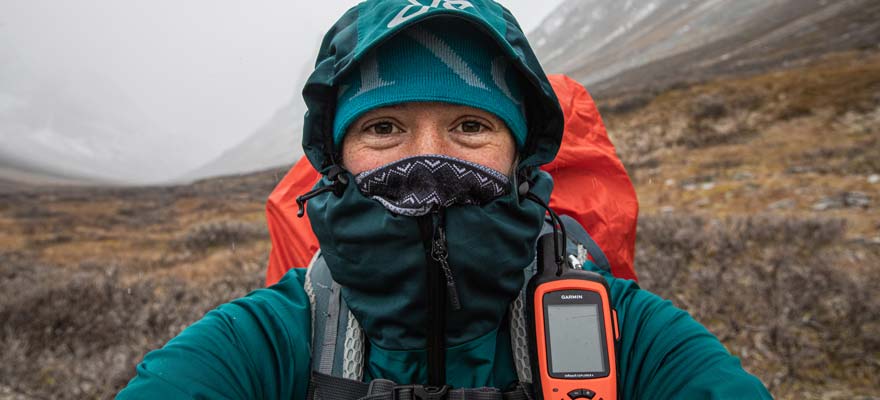
I use my adventures as a way to disconnect and leave the fast-paced world behind me, but there are still a few bits of tech which are really useful (and essential, in some cases).
The first of these is a satellite communication device, such as a Garmin inReach or SPOT tracker. Even if you’re in territory that you know like the back of your hand, accidents and emergencies can still happen and phone signal isn’t always guaranteed.
Personally, I would lose my mind on my adventures if I didn’t have my e-reader with me. Being able to huddle up in my tent at the end of the day with a good book is one of my favourite aspects of my adventures, and I always pre-load my Kindle with dozens of books to keep me entertained.
If you do plan on using your phone or other tech items, a power bank is a good idea to keep things juiced-up.
First Aid Kit
A first aid kit is essential and you should take one on every hike, but make sure you know how to use what you’re carrying! If you’re planning a particularly remote trek, doing a tailored first aid course is a good idea, and the course provider will be able to help you put together a first aid kit specific to you and your adventure.
It’s not quite part of a first aid kit, but a multi-tool knife can be a gamechanger in an emergency situation. Having almost lost a finger because of a ring cutting off circulation (a story for another blog!), I now always carry one which has a hacksaw blade that cuts through metal...
Final Tips
I like to find balance between packing as light as possible while keeping a decent level of comfort and enjoyment! The important thing is to be really familiar with your kit. Make sure you’ve been out on test hikes, even if just for a day and then putting your tent up at home.
This will highlight the things you can live without, or things you’re forgetting. It will also ensure that your kit fits properly - particularly key when it comes to boots and rucksack.
My final tip is this: once all your kit is laid out, go through each item and ask yourself if you really need it, or if you’re packing something else that does a similar enough job… Or if you can just live without it for the duration of your trek!
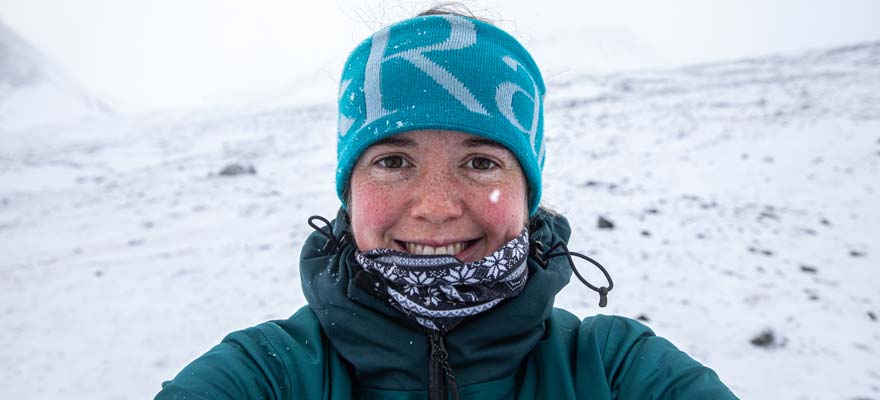
Anna Blackwell is an adventurer, writer, photographer and speaker. Over the last five years she has completed numerous adventures, including trekking 1,000km across Arctic and Northern Scandinavia solo, kayaking 4,000km across Europe with a friend, and walking 1,600km across France and Spain by herself.
Watch Anna’s new short film 'Refuge' about her most recent trip to Arctic Sweden in October 2020.

